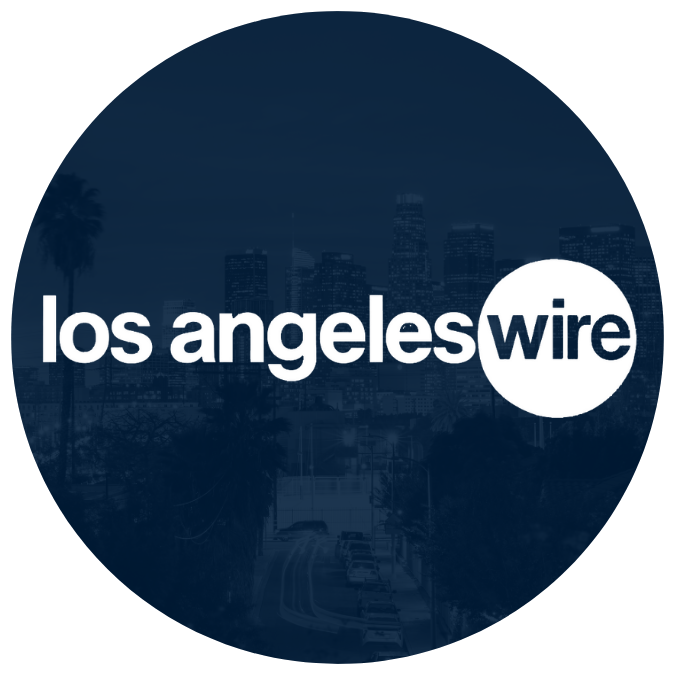The pace of price increases in the US slowed last month, but they still increased quickly. As a result, the annual inflation rate, or the rate at which prices grow, was 8.5% in July, down from a peak of 9.1% in June, according to the Labor Department.
Aside from energy, prices for a wide range of goods, like groceries and housing, kept rising. As a result, many families are struggling as a result of the increasing costs, which have also had a big impact on the economy.
Although the rate of job creation is still solid, concerns about the rising prices—which are increasing more quickly than they have since the early 1980s—have hurt other measures, such as consumer and business morale.
The US grocery price increase over the last year was 13.1%, which is the highest yearly increase since 1979. In addition, these costs increased in July as a result of rising coffee prices, which have increased by 3.5% since June.
The cost of housing, medical care, and recreation increased in June, but these increases were partially offset by decreases in the cost of used automobiles, air travel, and apparel.
In comparison to June, when gasoline prices had risen to an all-time high of more than $5 per gallon on average, they dropped by 7.7%.
Analysts comment on US inflation
According to Capital Economics chief US economist Paul Ashworth, the US Central Bank is seeking a major fall in inflation, and the decline is not yet there. He did, however, concede that it was a positive beginning, and over the coming few months, it is anticipated that prices will decrease.
Since last year, prices in the US have been rising quickly due to a variety of factors, including increased consumer demand, whose spending was encouraged by Covid-19 checks from the government.
At the same time, shortages of goods, especially necessities like wheat and oil, have been caused by the pandemic-related shutdowns in China, the conflict in Ukraine, and other problems.
Since March, the US central bank has been gradually boosting interest rates in an effort to keep prices stable.
One method of attempting to control inflation is by raising interest rates, which make borrowing more expensive and should encourage individuals to borrow less and spend less, hence reducing demand and raising prices.
Read Also: US raises interest rate to tame price hikes
However, because higher interest rates slow down economic activity, the bank runs the risk of sending the economy into a protracted slump or recession. The US Commerce Department said this month that the economy contracted from April through June, marking the second consecutive quarter of decline.
Oil prices have decreased recently, resulting in lower fuel prices for consumers, partly due to expectations of a downturn both domestically and internationally.
Silvia Dall’Angelo, a senior economist at Federated Hermes, predicted that demand would continue to decline in the upcoming months as the bank’s rate hikes take effect and consumers cut down on their spending due to persistently high costs.
“This, along with stabilizing energy costs and a gradual relaxation of global supply limitations, could drive inflation down more quickly over the course of next year,” she added.
Although the Fed will take some solace from today’s inflation news, she continued, the battle against high inflation is far from done.





